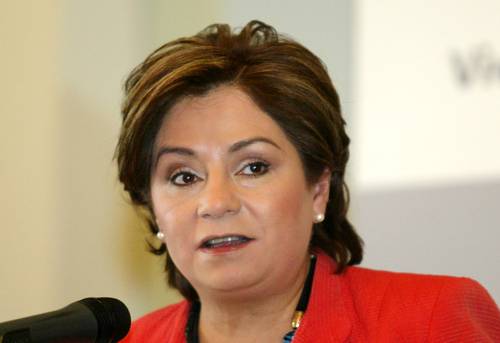The Paris Agreement’s entry into force was extremely swift, particularly for an agreement that required a large number of ratifications and two specific thresholds.

Adopted on 12 December 2015 in Paris during the 21st Session of the Conference of the Parties (COP21) to the United Nations Framework Convention on Climate Change (UNFCCC), the treaty marks a watershed moment in global efforts to address climate change. Its central aim is to strengthen the global response to the threat of climate change by keeping the global temperature rise this century well below 2 degrees Celsius above pre-industrial levels and to pursue efforts to limit it to 1.5 degrees Celsius.
The Agreement calls on countries to combat climate change and to accelerate and intensify the actions and investments needed for a sustainable low carbon future, and to adapt to the increasing impacts of climate change. Additionally, the Agreement aims to strengthen the ability of countries to deal with the impacts of climate change. It calls for scaled up financial flows, a new technology framework and an enhanced capacity-building framework to support action by developing countries and the most vulnerable countries in line with their own national objectives. The Agreement also provides for enhanced transparency of action and support through a more robust transparency framework and a stocktaking mechanism to ramp up ambition over time.
Additionally, many countries have announced they are committed to joining the agreement this year. For a country that joins the Agreement after it enters into force, the Agreement will become binding 30 days after it deposits its instrument of ratification, acceptance, approval or accession with the Secretary-General.
Entry into force triggers a variety of important consequences, including launch of the Agreement’s governing body, known as the CMA. In the parlance of the UN climate change process this stands for the Conference of the Parties to the Convention serving as the meeting of the Parties to the Paris Agreement.
Given that the count-down to entry into force has now been formally triggered, the CMA will take place at the upcoming annual UN climate conference, known as COP22, in Marrakesh, Morocco from November 7-18. Precise dates will be announced in the coming days.
Moreover, the Intended Nationally Determined Contributions (INDCs) – national climate action plans – of Parties which have joined or subsequently join the Agreement transform into Nationally Determined Contributions (NDCs), which can always be resubmitted as more ambitious plans at any point. A key feature of the Agreement is that these plans can be strengthened at any time but not weakened.
“Climate action by countries, companies, investors and cities, regions, territories and states has continued unabated since Paris and the full implementation of the agreement will ensure that this collective effort will continue to double and redouble until a sustainable future is secured,” said Patricia Espinosa, head of the UNFCCC.
Governments will also be obligated to take action to achieve the temperature goals enshrined in the Agreement – keeping the average global temperature rise from pre-industrial times below 2 degrees C and pursuing efforts to limit it to 1.5 degrees.
The fact that somewhere around one degree of this rise has already happened and global greenhouse gas emissions have not yet peaked underlines the urgency of implementing the Paris Agreement in full.
Another key milestone will be the successful conclusion of negotiations to develop the Paris Agreement’s implementation rule book. Completion of what is, in effect, a global blueprint for reporting and accounting for climate action, need to be completed as soon as possible.
Countries are also not starting from scratch. The many successful models and mechanisms for international climate cooperation set up under the UNFCCC over the past two decades, including the Kyoto Protocol, have built up a deep level of experience and knowledge on how this can be done effectively.
It is the completed rule book that will make the Agreement work and that will make it fully implementable, setting out the detailed requirements under which countries and other actors will openly report and account for the climate action they are taking in a way which promotes trust and confidence across nations to boost their own comprehensive response to the challenge of climate change.
Another key issue is to ensure that the $100 billion, pledged by developed countries to developing ones, is truly building in the run up to 2020 and that even larger sums are being leveraged from investors, banks and the private sector that can build towards the $5 to $7 trillion needed to support a world-wide transformation.
Securing a world which is safer from the extreme climate change that would undermine any attempt at future sustainable development will still take decades of rising action and constant improvement.
“The entry into force of the Paris Agreement is more than a step on the road. It is an extraordinary political achievement which has opened the door to a fundamental shift in the way the world sees, prepares for and acts on climate change through stronger action at all levels of government, business, investment and civil society,” said Ms Espinosa.
